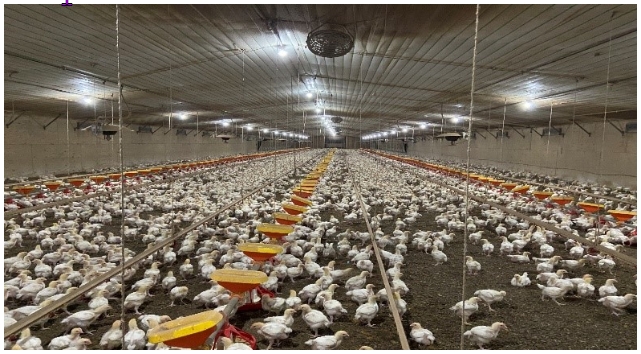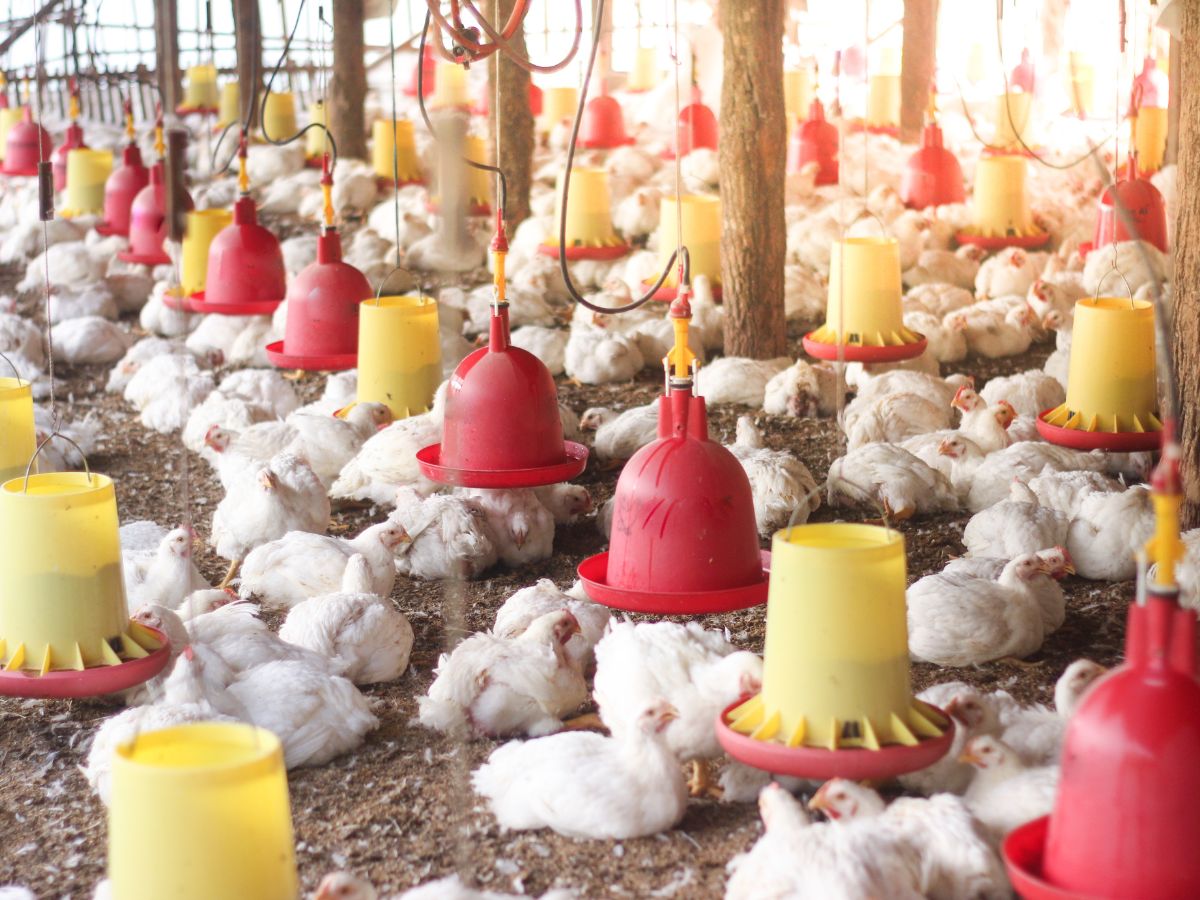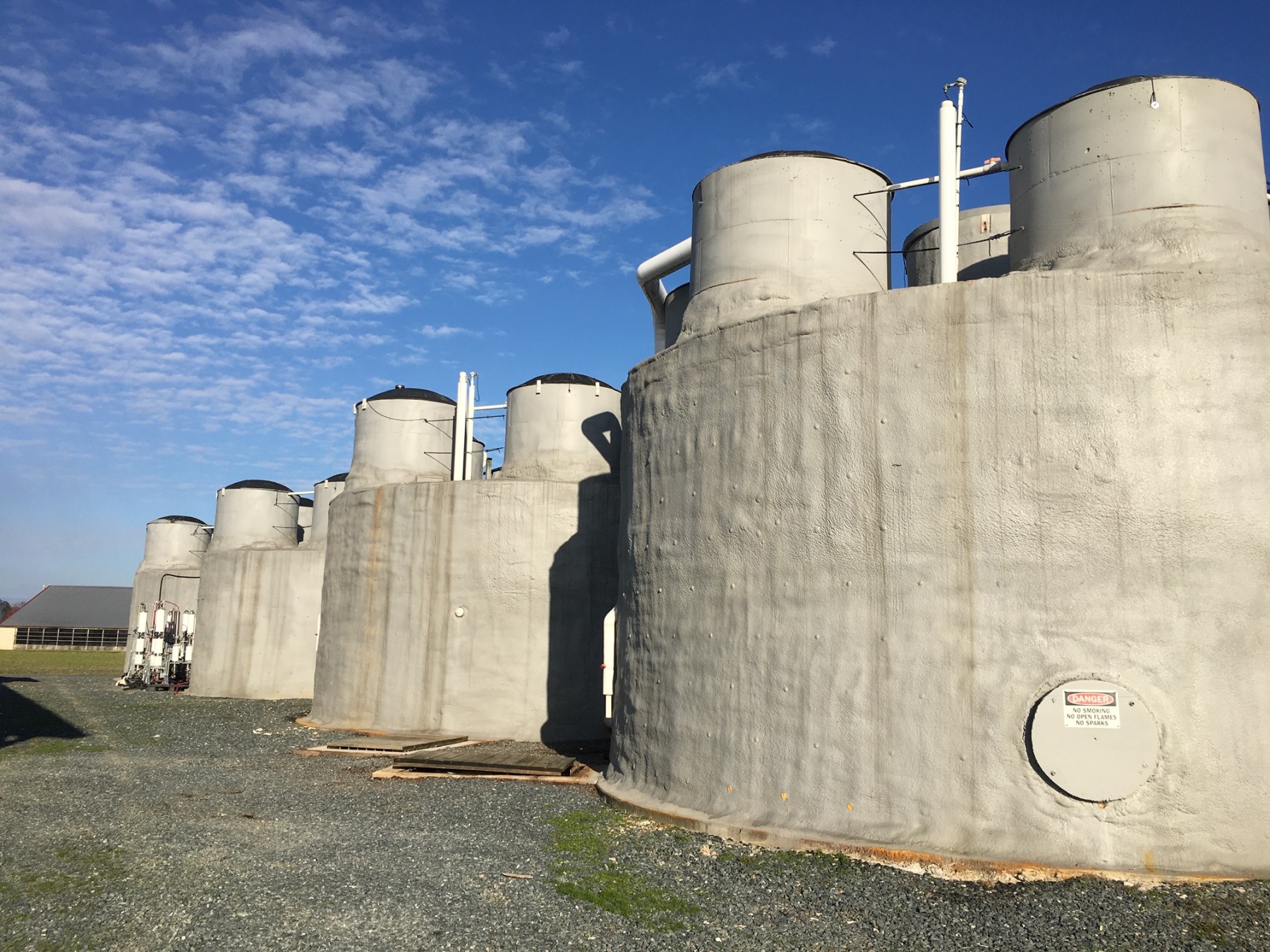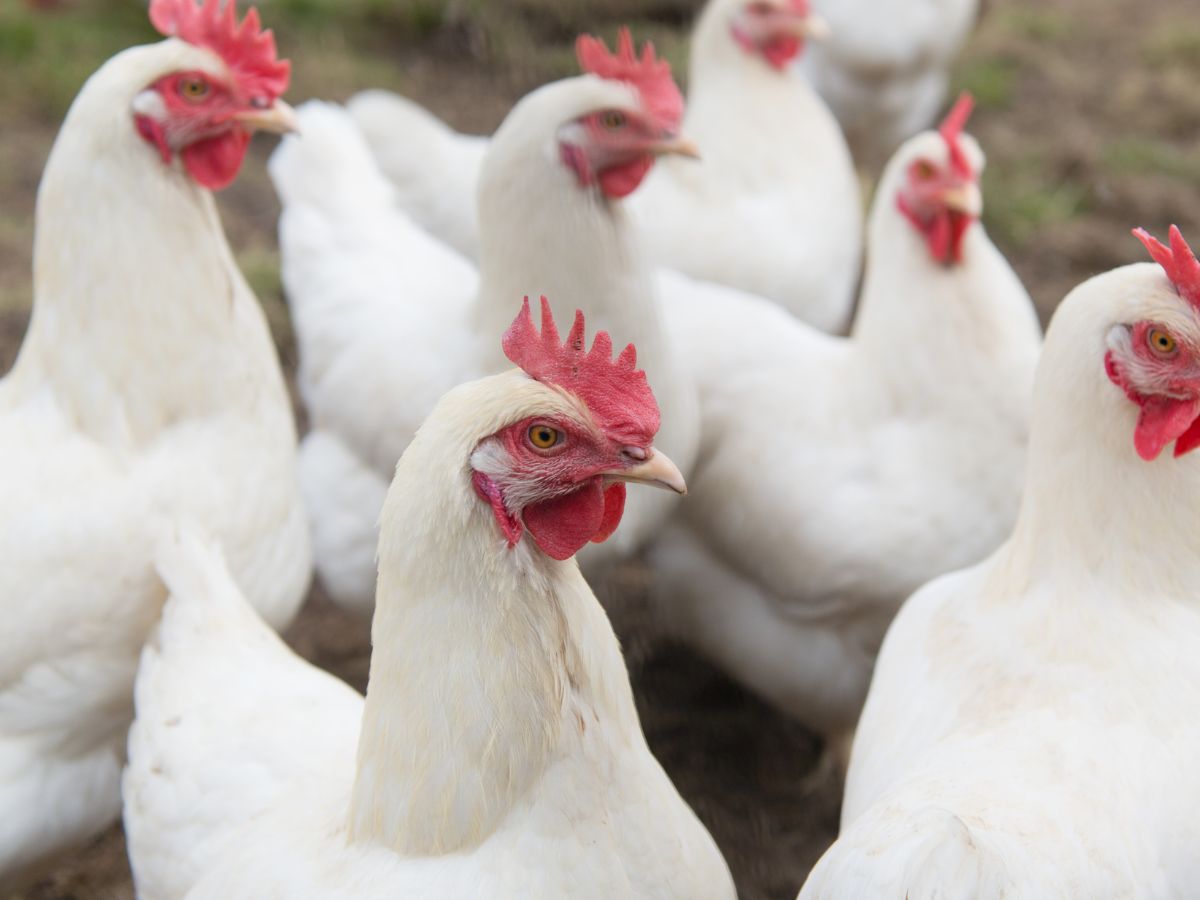-

Incineration of on-farm poultry mortalities increases in popularity as new technologies add affordability to perceived environmental and health advantages that incineration can offer over other methods of dead bird disposal. Engineering and technology research have developed several waste-to-energy options that are technically and environmentally sound. Litter, layer manure, and liquid waste can all be transformed…
-

Fifteen percent of agricultural production costs in industrialized agriculture are energy related, according to the U.S. Department of Agriculture (Sands et al., 2011). Even though lighting is an essential part of most farms, only recently has lighting been seen as an opportunity to reduce energy costs. Energy-efficient lighting options offer poultry growers new opportunities to…
-

While providing on average 17 percent of food calories and more than a third of protein to human diets (Herrero et al., 2009), livestock consumes almost 60 percent of the total global biomass harvest (Krausmann et al., 2008), uses around 30 percent of agricultural water withdrawals (Mekonnen and Hoekstra, 2010; Peden et al., 2007), and…
-

Anaerobic digestion (AD) of poultry manure in the United States (U.S.) has many environmental and economic benefits, including renewable energy production and reduced greenhouse gas emissions. Poultry manure is the nation’s third largest source of methane from livestock manure management …
-

The goal of the technology was to produce energy from poultry litter and create a fertilizer or soil amendment. Anaerobic digestion is a biological method to create renewable energy, in the form of methane…
-

The Livestock Anaerobic Digester Database provides key information on anaerobic digester projects on livestock farms in the United States. Project data is accessible through the database map, database table, or downloadable Excel file. AgSTAR publishes updated data on this website periodically (generally, two times per year) to enhance public access to information and support the…